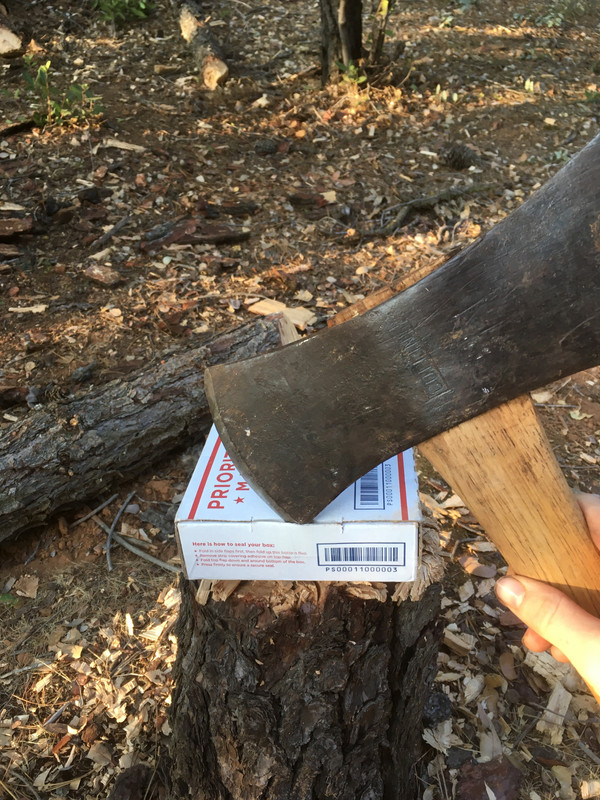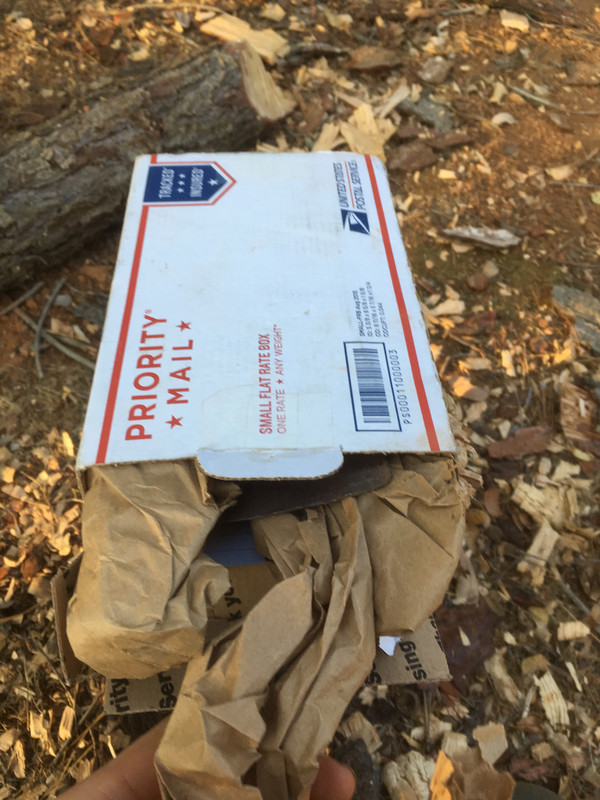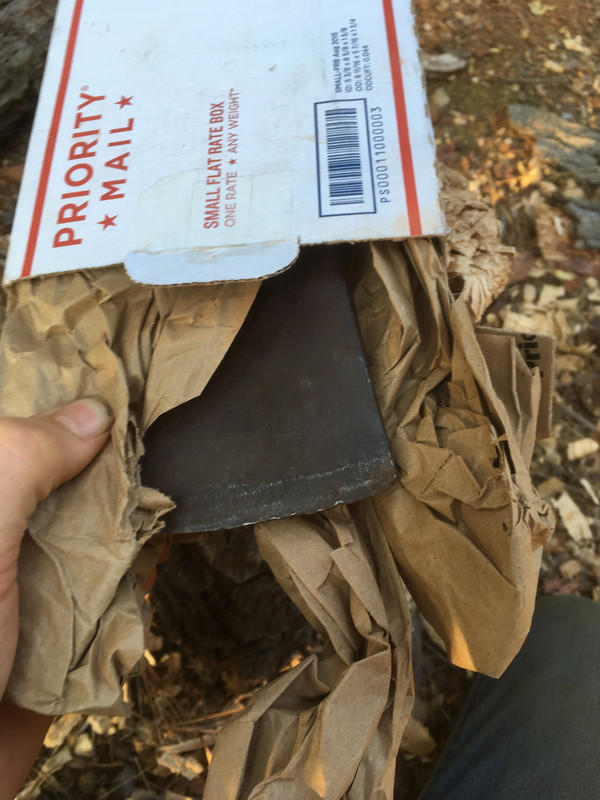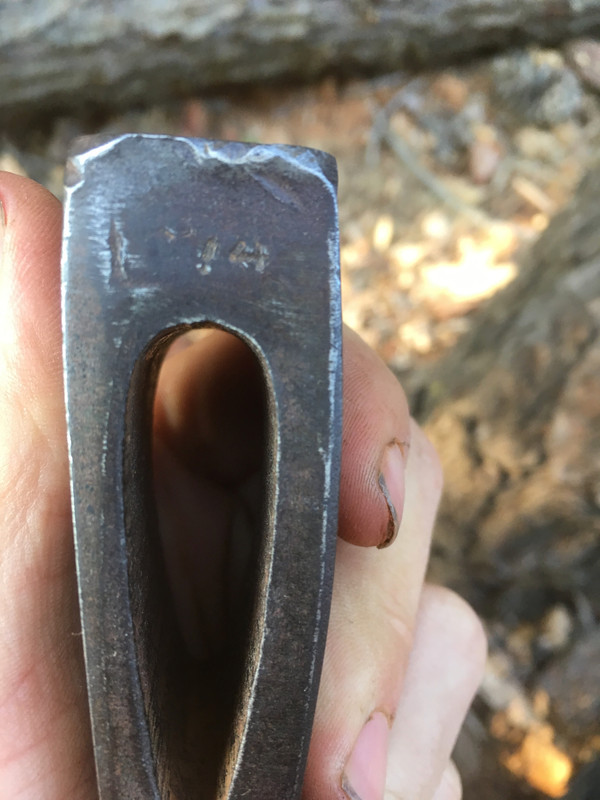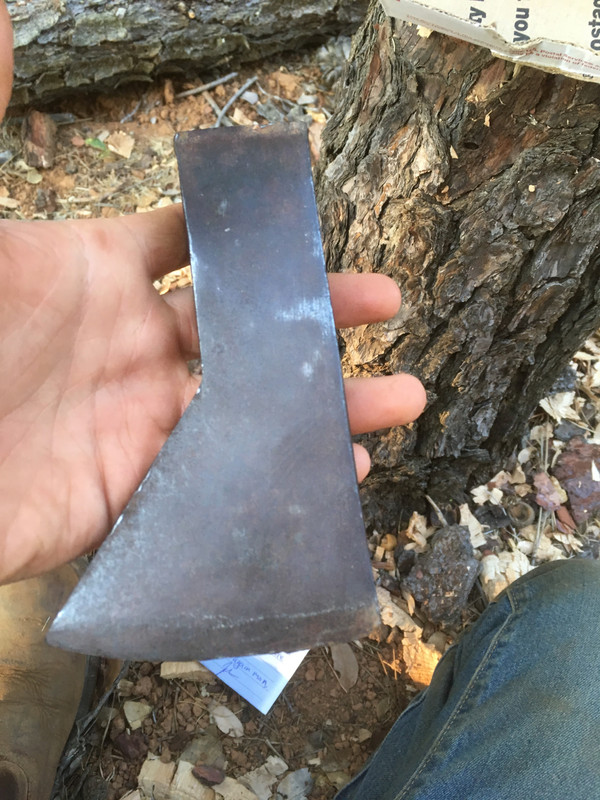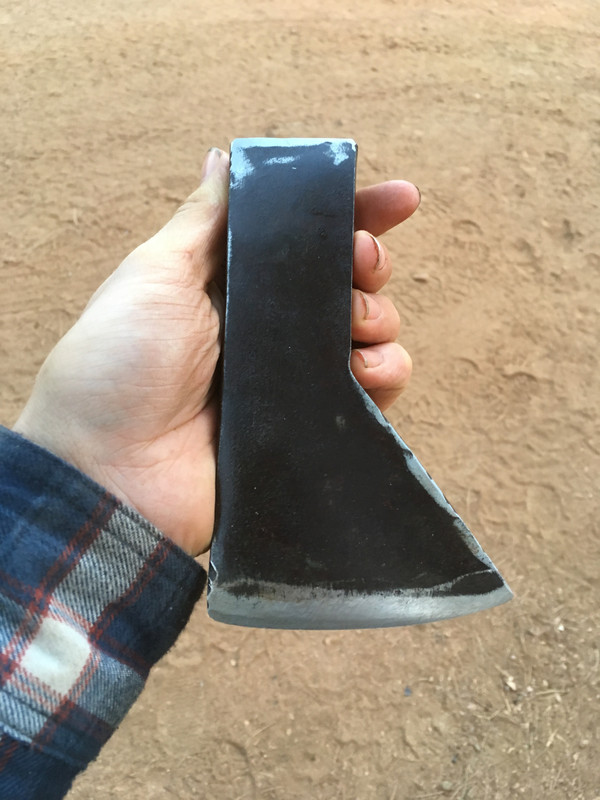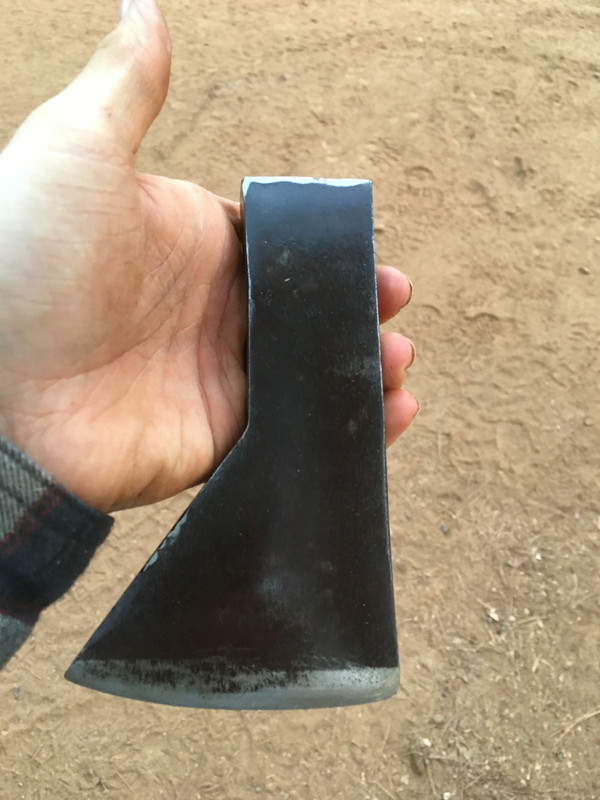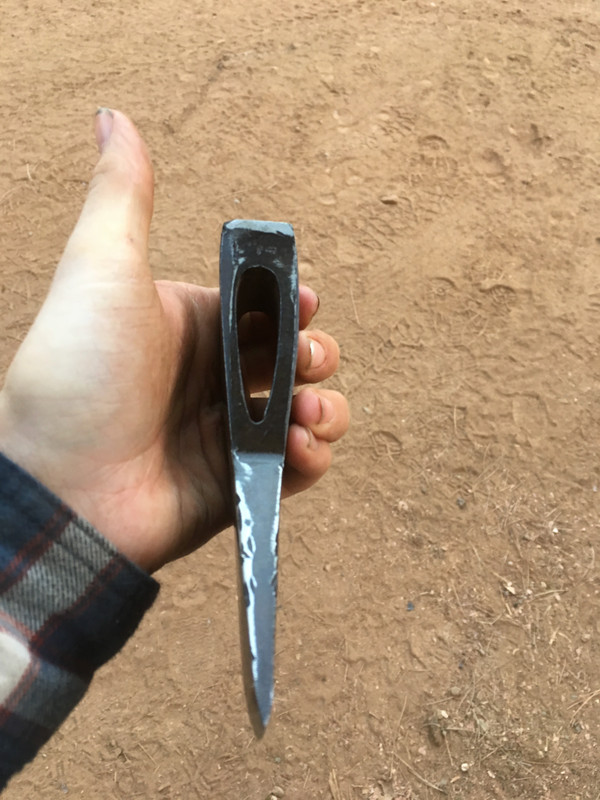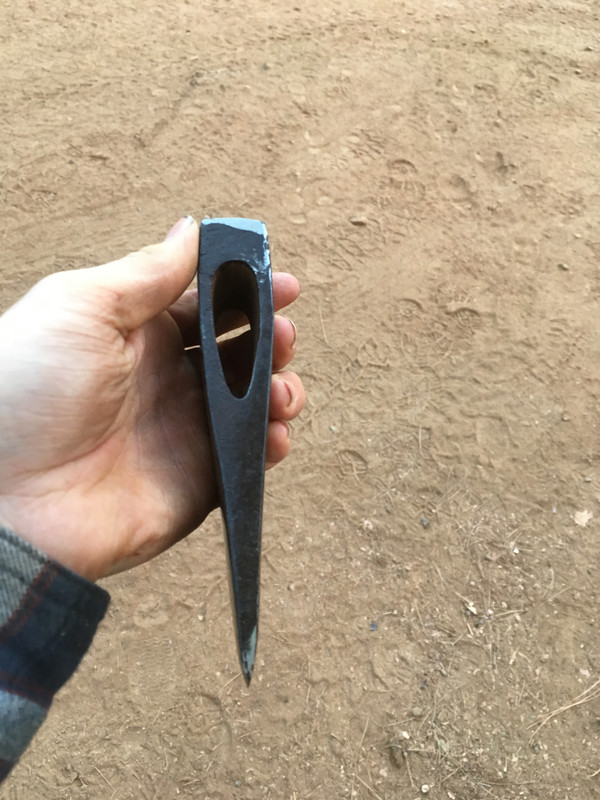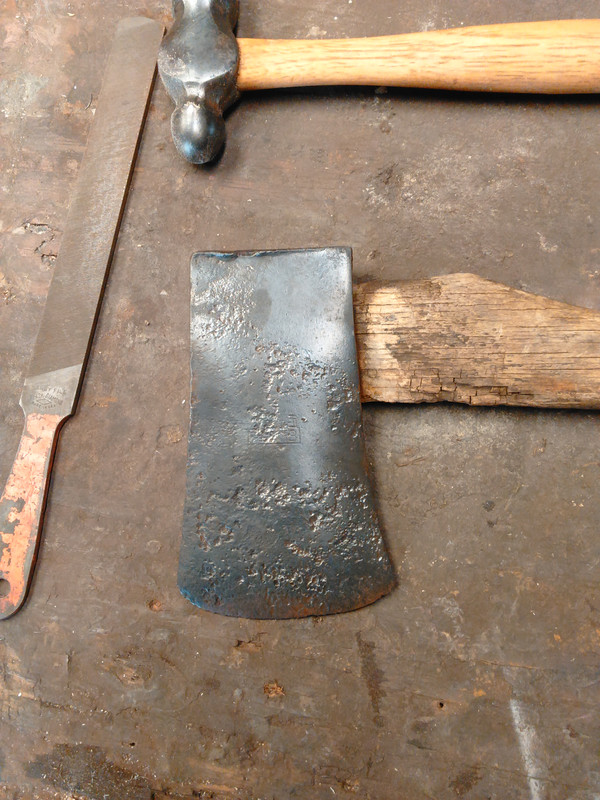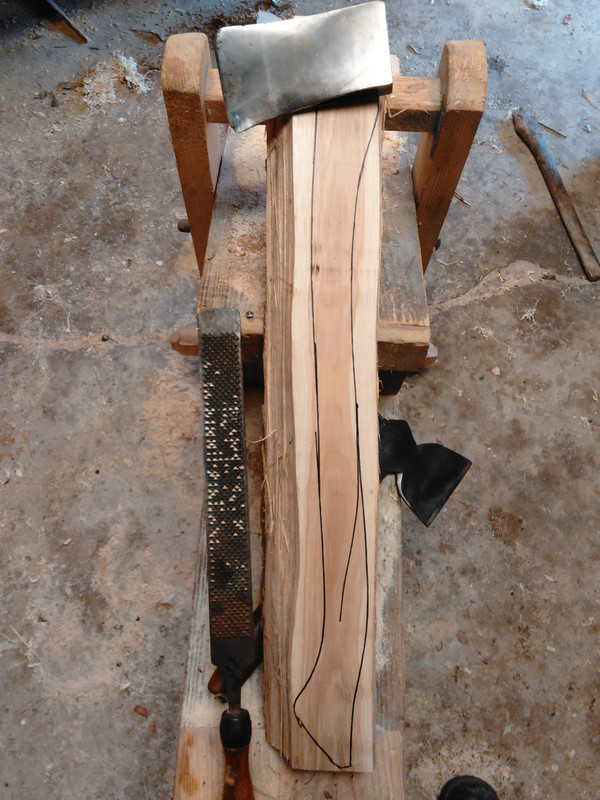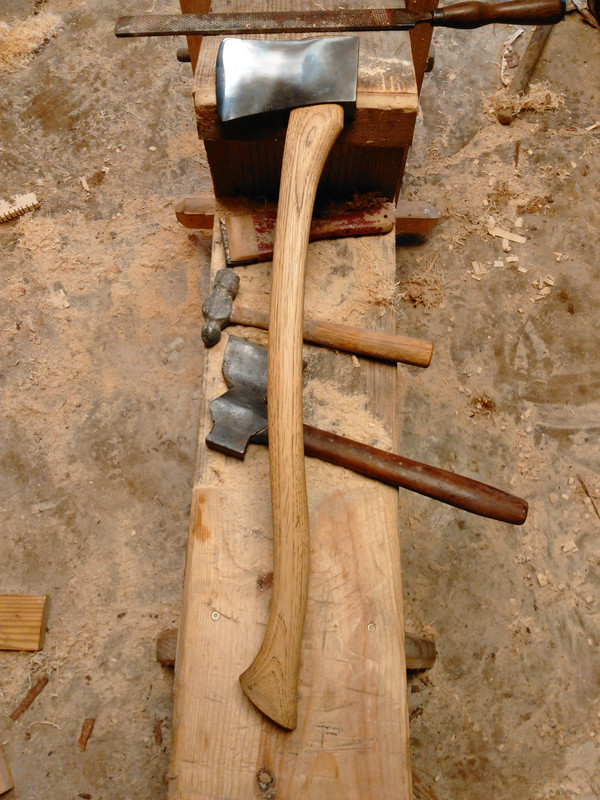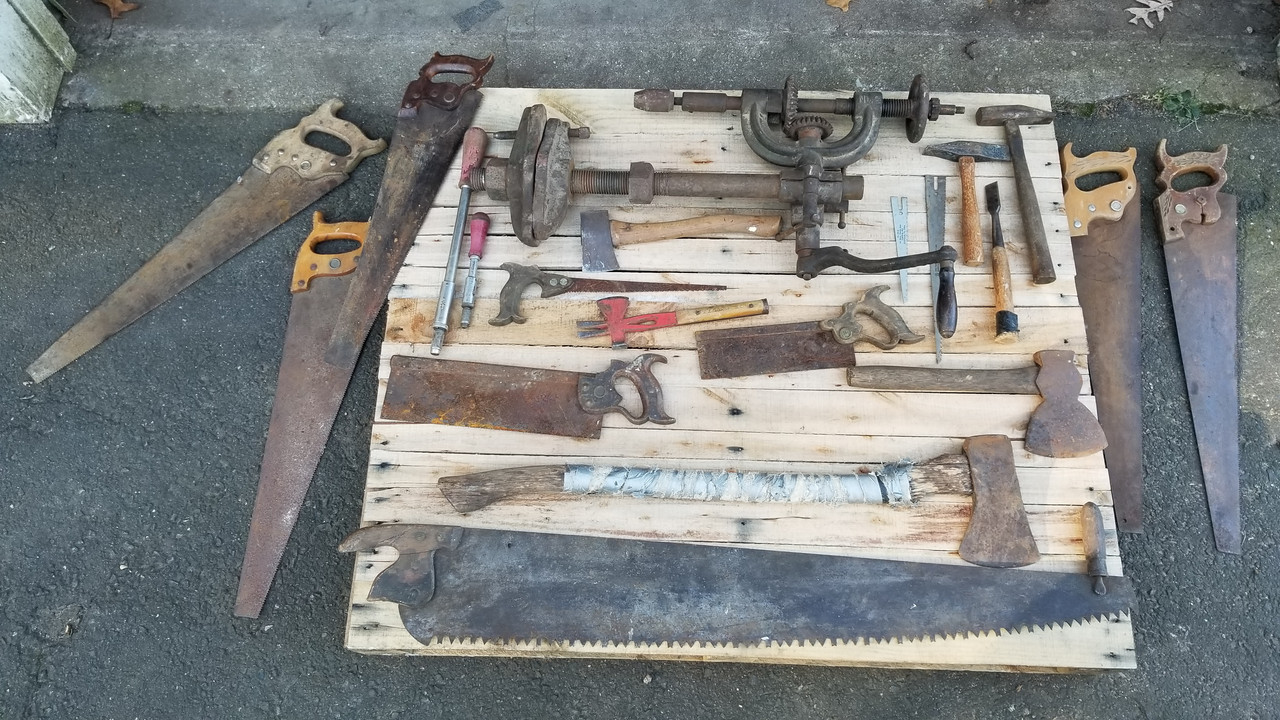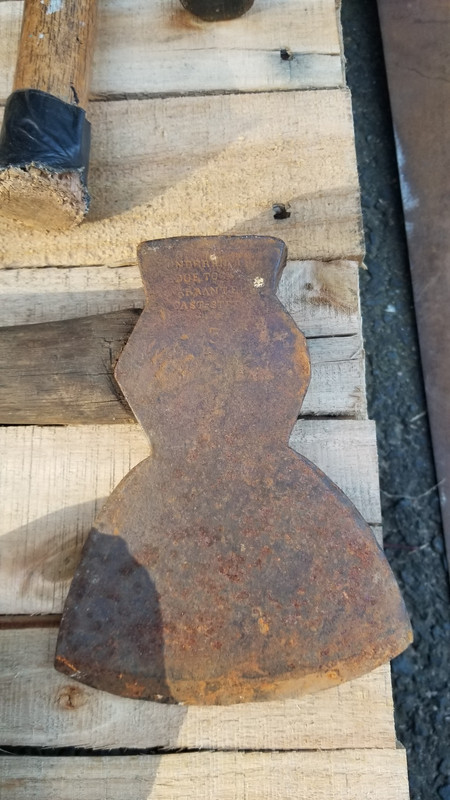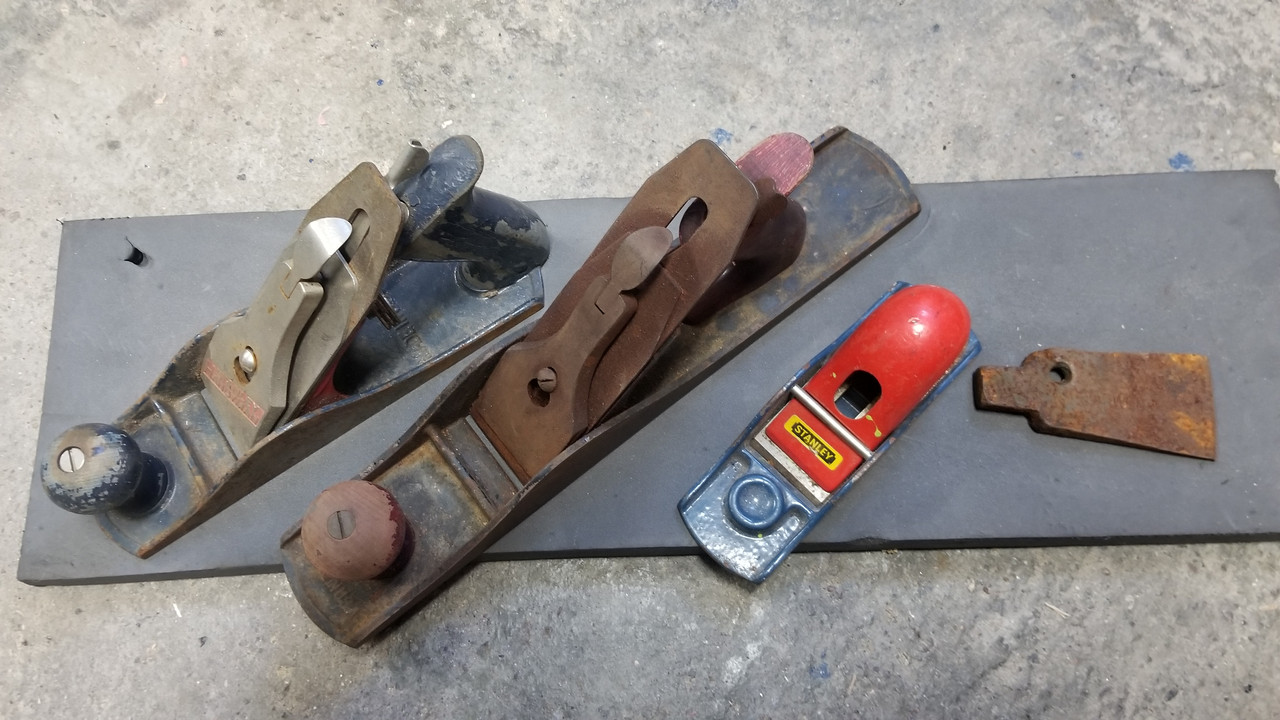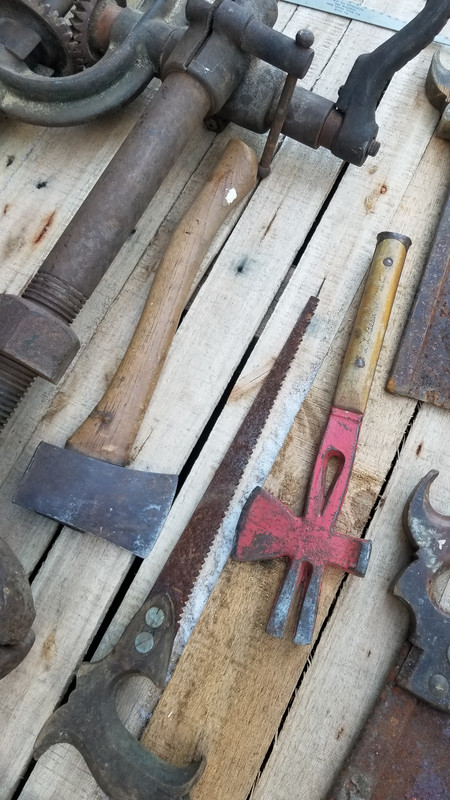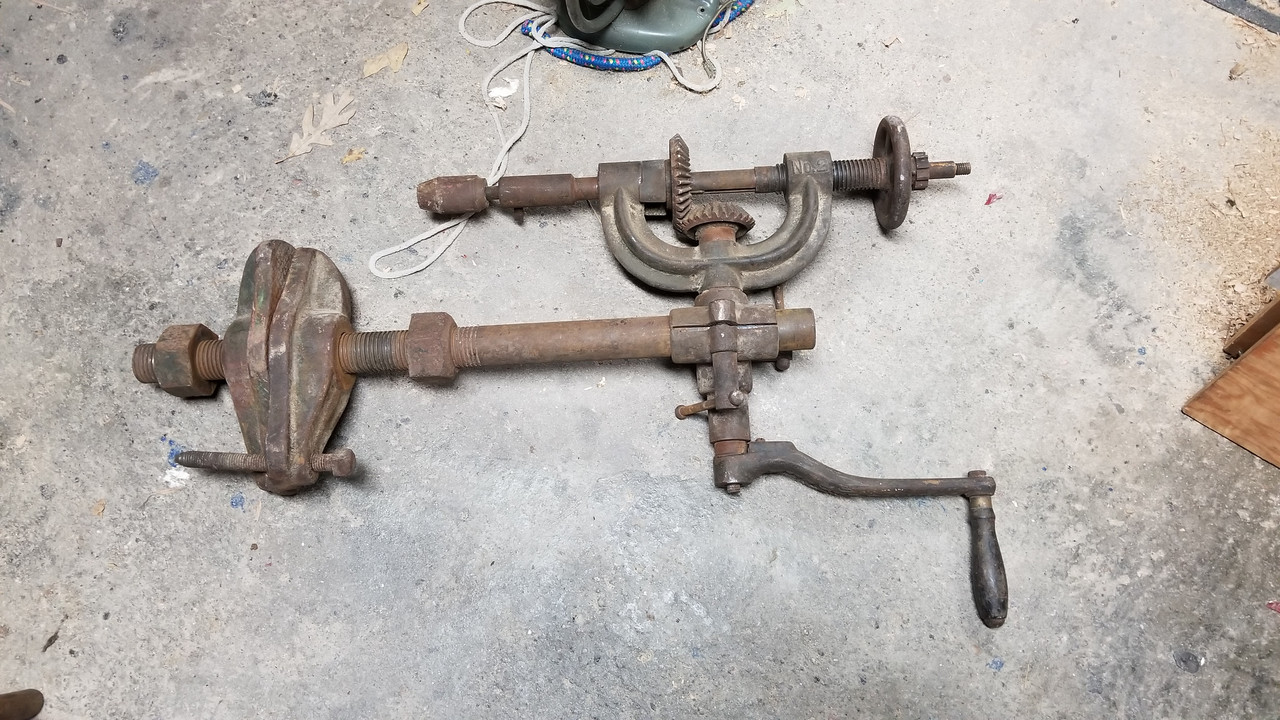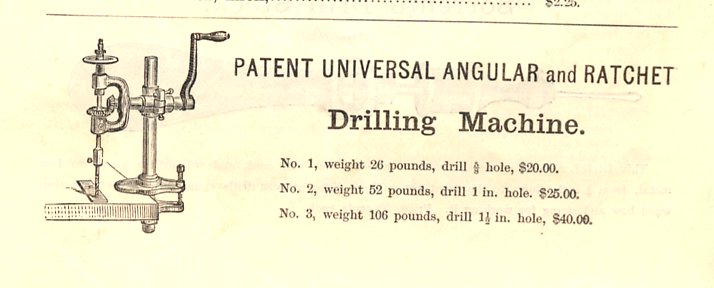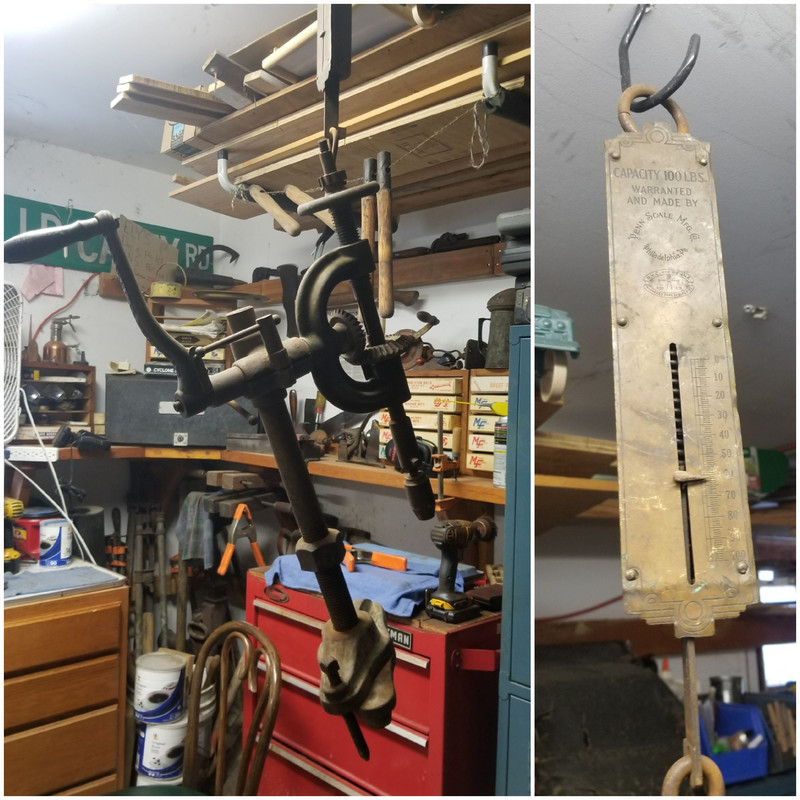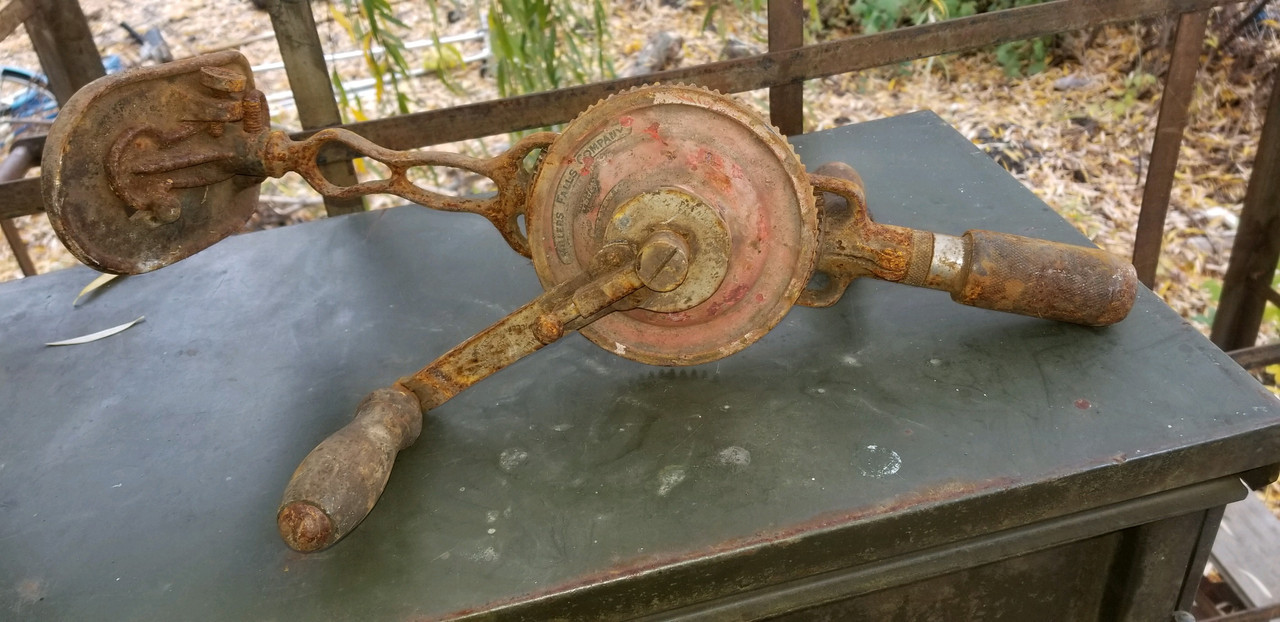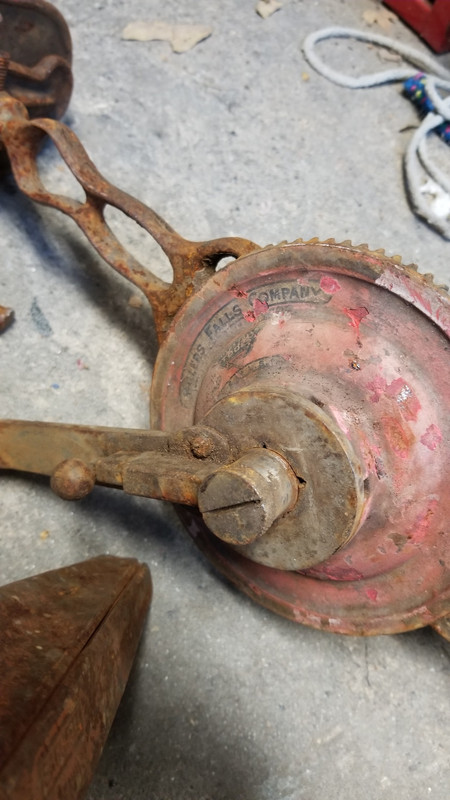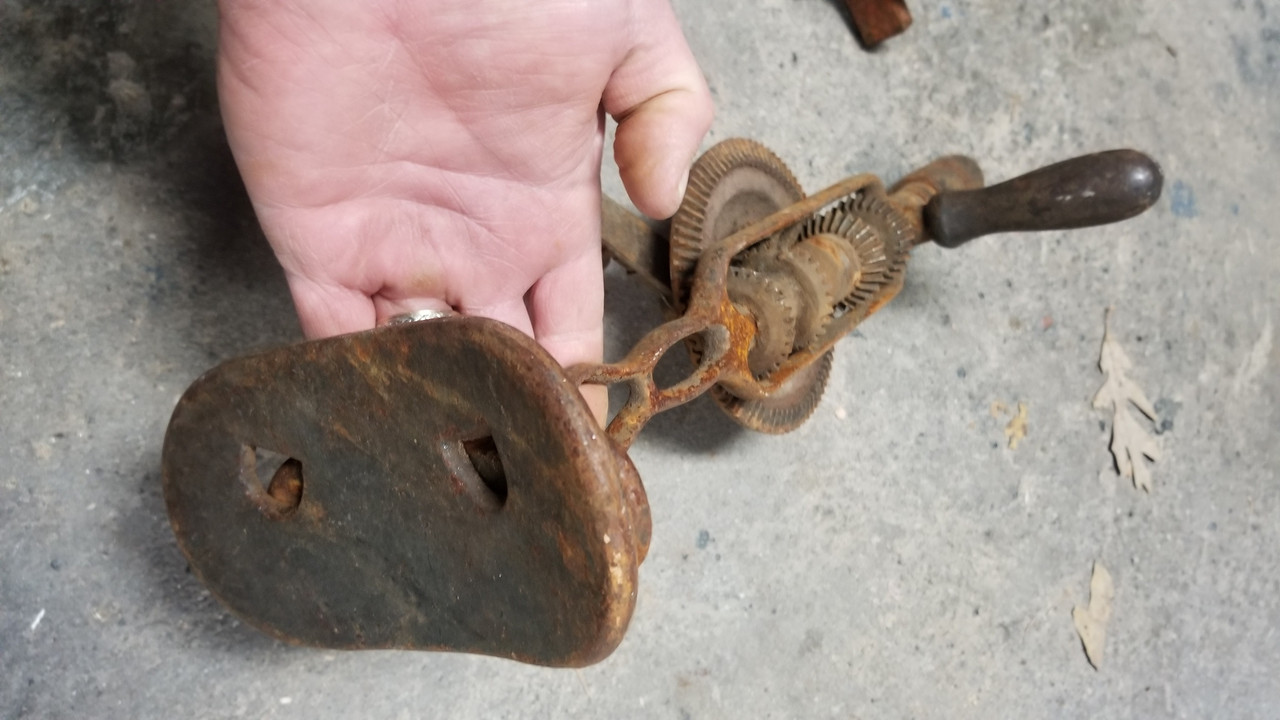No,Josh,i was only trying to be brief,and to the point.And thank you for understanding,yes,it's very easy to come off sounding pissy,not my intent at all.
The information you list IS self-contradictory,but it's only too common to state things just in the way you have,and it's not fair to make you the fall-guy for these widespread misconceptions.
But as to that,no,sir,unfortunately you haven't.
These are the two things i object to

resuming to be able to tell,at a glance,whether a bit of dissimilar alloy composition was added(not as easily done,in all cases,often requiring very careful inquiry).
But mainly is the use of that mythical term,the "temper line".
I've asked a number of very knowledgeable people about that very thing in the past,and the more informed a person is,metallurgically,the more was their reaction to pass a judgement on this very confusing issue.
But the consensus tends to be that no,such thing cannot exist.
A forging,submerged in the quenchant partially,will Not form a distinct line that'd be visible later.
Reasons for this are many and sundry,such as the transition zone is not(cannot be)that abrupt,but rather gradual,also that Were such effect to take place the color-scheme would be all different(and still not abrupt,but involving a wide-ish transition area).
But,i've raised this very question before,and with no results,so i'll desist.
I do apologise for choosing your post to pick on,it's certainly nothing personal.Good for you for getting a hold of a nice old tool(sounds like,anyway,my connection speed won't let me see the images...

..Enjoy!.


